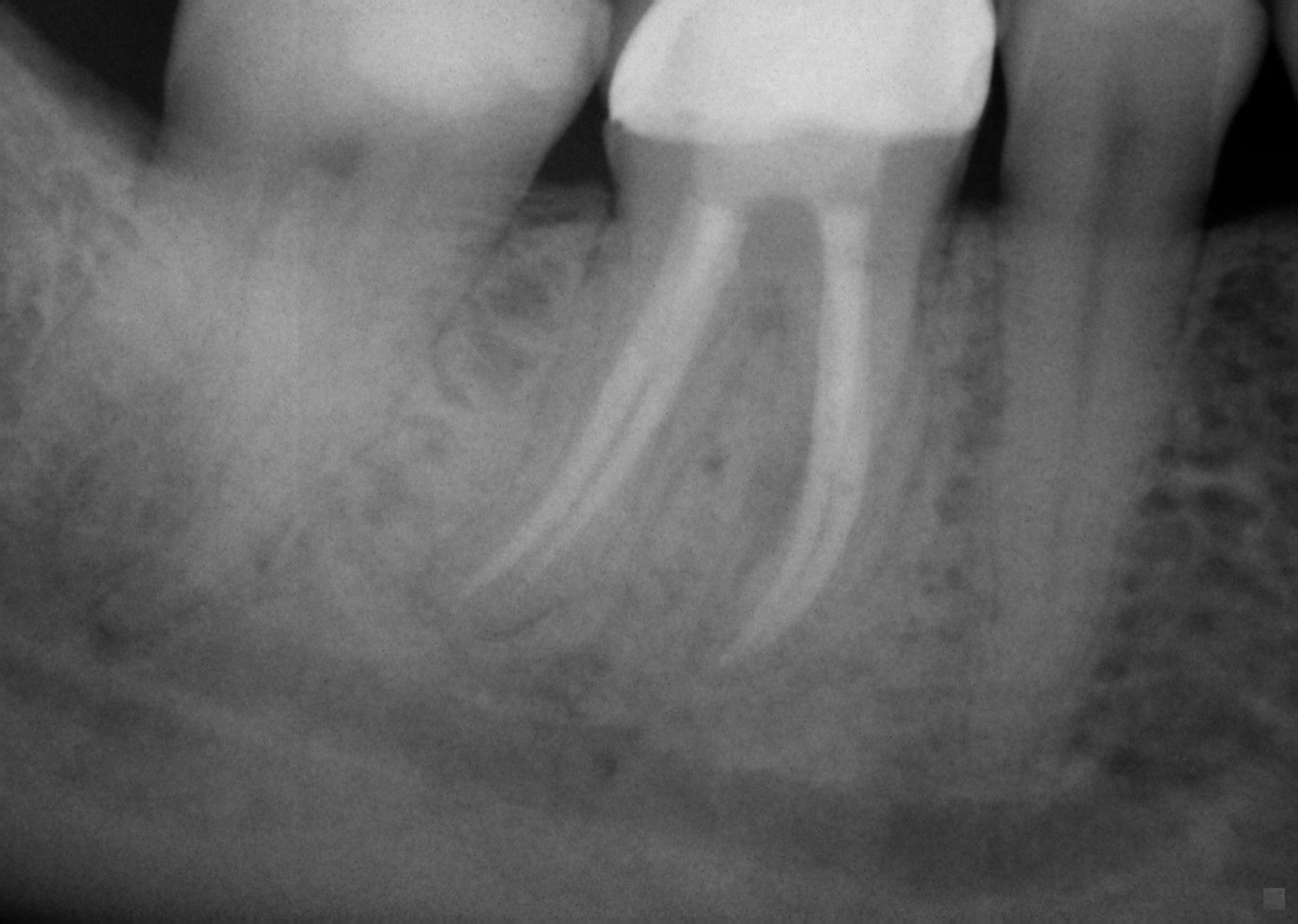Root canal, or endodontic therapy, has a very high degree of success, up to 90%. Occasionally, a tooth that has undergone endodontic treatment fails to heal or pain continues despite therapy. Although rare, sometimes a tooth initially responds to root canal therapy but becomes painful or diseased months or years later. If a root canal is unsuccessful, or fails, you still have options.
The options include:
- retreatment (revising the original root canal)
- apicoectomy (root canal surgery)
- extraction of the tooth.
We will most likely recommend taking a CBCT prior to giving a recommendation about treatment. A CBCT is a 3- dimensional picture of your tooth. With this invaluable, new technology we can see inside the tooth. This is important in diagnosing a failing root canal. It gives us more information to better advise you on treatment options. Sometimes a tooth may have unusual anatomy and extra root canals within the tooth that can be seen on a CBCT. This can be treated very effectively with a retreatment. Some situations we see might be better treated by root canal surgery. Occasionally, we may see a root fracture that can't be fixed and would recommend an extraction.
The tooth often can be successfully maintained with a second endodontic treatment. A retreatment is essentially revising the original root canal procedure. The procedure is very similar to the root canal procedure.
A local anesthetic will be given. A sheet of non-latex rubber called the "rubber dam" will be placed around the tooth to isolate it, hence keeping it clean and dry during treatment. The treatment consists of three or four basic steps, but the number of visits will depend on your particular case. Some treatments take 2 visits but many are just a single visit. In any case, it depends on the degree of infection/inflammation and degree of treatment difficulty. To us, it's more important to do it the very best we can than to meet a specific time criteria.
The first step is accessing the previously treated area by making a small opening in the biting surface of the tooth. Next, the contents of the nerve tunnels are cleaned out. The contents could be filling material, necrotic tissue, and bacteria. Finally, a rubber filling material called Gutta Percha is placed inside the tunnels to seal them. A temporary filling is place in the opening of the biting surface of the tooth.



